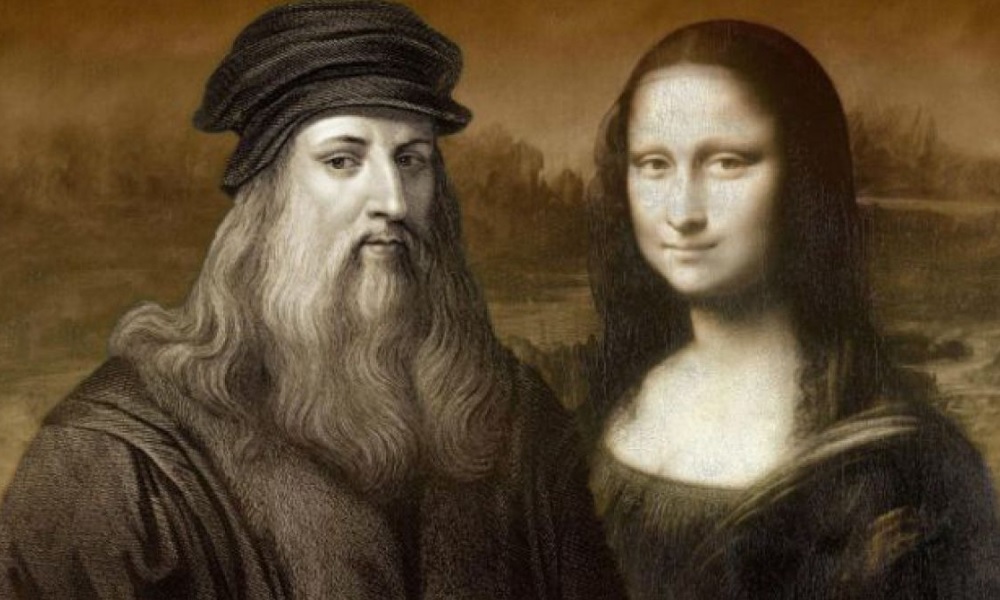
In a recent study published in the Journal of the American Chemical Society, researchers unveiled a new discovery about Leonardo da Vinci’s iconic artwork, “The Mona Lisa.”
They found that the famous Renaissance artist created a special chemical mix for the oil paints he used to craft the mysterious lady’s portrait.
A group of scientists and art experts from France and Britain have uncovered that Leonardo employed his own unique chemical mixture to prepare the poplar wood panel that served as the foundation for the Mona Lisa.
Victor Gonzalez, the study’s principal author and a chemist at France’s leading research institution, CNRS, shared that Leonardo da Vinci was an experimenter. Moreover, he said that each of his artworks had distinct technical methods.
Gonzalez has examined the chemical makeup of many creations by artists like Leonardo and Rembrandt.
Moreover, he noted that, in this case, it’s intriguing to observe a distinct method used for the base layer of the ‘Mona Lisa.’
Researchers found ‘plumbonacrite’ in the first layer of paint
The scientists discovered an unusual substance called plumbonacrite in a small piece of the initial layer of the famous artwork. This confirmed what art experts had suspected all along: Leonardo applied lead oxide powder to make his paint thicker and quicker to dry.
However, the tiny paint sample they examined was extremely hard to see without the help of a magnifying glass, measuring only as wide as a human hair. It was taken from the upper right corner of the painting, as mentioned in the study.
The Mona Lisa is a famous painting by Leonardo da Vinci, a Renaissance artist and scientist. The painting depicts a woman with a mysterious smile and a landscape background. One of the reasons why the Mona Lisa is so admired is because of its use of the golden ratio, a… pic.twitter.com/18Xmdbw13q
— Physics In History (@PhysInHistory) October 10, 2023
To investigate further, scientists used a synchrotron, a massive machine that speeds up particles to nearly the speed of light. This high-tech device enabled them to scrutinize the chemical composition of the fragment down to the atomic level.
Moreover, their analysis unveiled the presence of plumbonacrite, a substance resulting from lead oxide. This finding provides stronger evidence that Leonardo probably included this powder in his personally crafted paint mixture.
‘Plumbonacrite is really a fingerprint of his recipe’
Plumbonacrite is a true signature of his technique, Gonzalez explained. This marks the very first-time researchers can chemically verify it.
He added that this chemical has also been identified in paintings by Rembrandt from the 17th century, which he created in the Netherlands.
It’s believed that Da Vinci mixed lead oxide powder, which has an orange color, with linseed or walnut oil and heated the blend to create a denser, quicker-drying paste.
Moreover, Gonzalez explained that the result of such a mixture is an oil with a beautiful golden shade flowing like honey.
See all the latest news from Greece and the world at Greekreporter.com. Contact our newsroom to report an update or send your story, photos and videos. Follow GR on Google News and subscribe here to our daily email!



